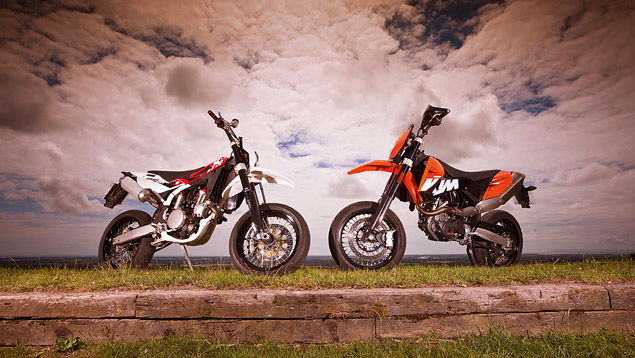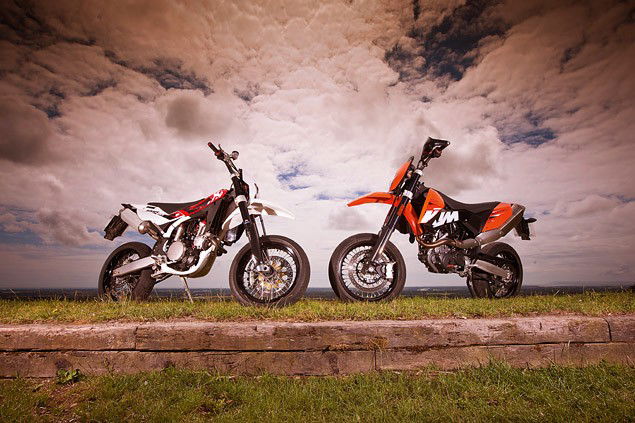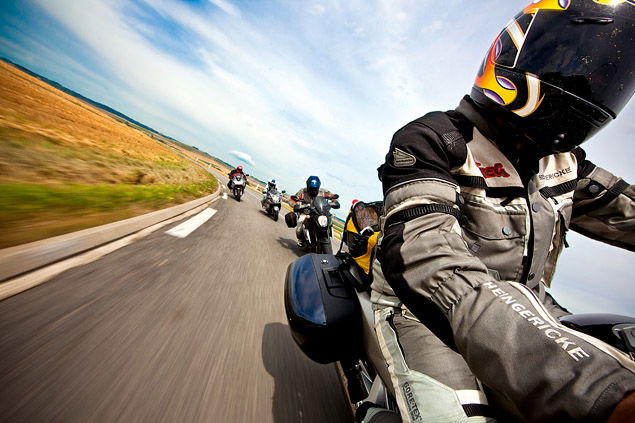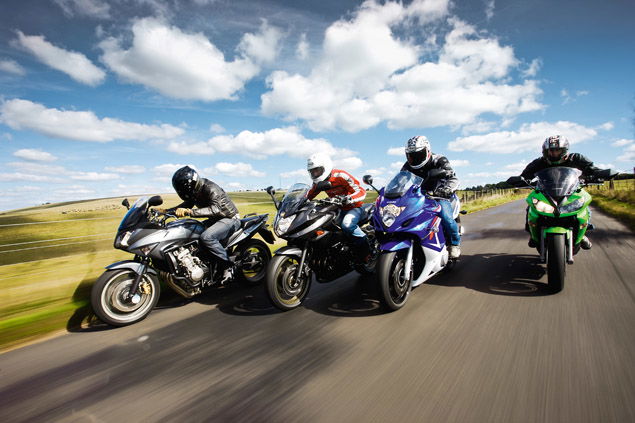Head Candy: KTM 690SMC vs Husqvarna 510SMR
How does KTM’s 690SMC stack up against Husqvarna’s rip-snorting 510R on the country backroads of southern England?


Getting back on a supermoto again after a week in Colorado feels alien. Not to mention a little cool and damp. At Pikes Peak my KTM 690SMC was stripped of all its street gear and fitted with a full FMF race pipe, saving at least 10kg in total weight. By comparison this road-legal version is heavy and pathetically quiet but, being about 14 inches above sea level (as opposed to 14,000ft) means the motor is barbarous and power-packed in comparison. It still looks great, angular and aggressive, although it never fails to amaze me how ghastly numberplates and their respective hangers look on any motorcycle. Why can’t we just fit them under the fender like in America?
I’ve had a twelve-month love affair with Husqvarna’s seminal 510R, ever since I went on the launch in Benidorm. It’s beautiful, basic and nothing more than a motocross bike with some legal niceties bolted on. It weighs nothing (110kg), packs a genuine 55bhp punch and rides like a whippet on rollerblades. 40 miles is your absolute maximum operating range before your arse loses all sensation and, on anything more open than a twisty A-road, the Husky turns into a torture device of inquisitional proportions. As a practical device for covering distance it is catastrophically pointless, but as a point-and-squirt weapon for destroying B-roads, cities and anything in your path, it is quite without peer.
Next to the small but perfectly formed Husky, the KTM is brute and ugly. But as a practical motorbike for the UK, it can be used for more than just going mental in 30-minute spurts. You could actually commute to work on the KTM and not need a proctologist’s pliers to remove the bike from your rectum at journey’s end. The handling is neutral, allowing you to play with and adapt to the supermoto way of riding (elbows up and push it down underneath you), and the front Brembo brake is massively strong. The KTM is at least 30kg heavier than the Husqvarna – humping it around it feels as heavy as a ZX-6R – but this makes it smoother and less erratic than the timorous Italian: the Husqvarna feels fragile; the KTM built to last.
And yet I keep coming back to the 510R. Here’s an example of how impractical it is. After just 500 miles from new, the rear Dunlop Sportmax is shot; completely knackered. With no cush drive (the rear sprocket bolts directly to the wheel) all the slash and movement of the engine is transmitted directly to the tyre and, with the super-sticky, 150-section Dunlop fitted, it just saws through the tread.
This is after some seriously spirited riding, I hasten to add, but over the equivalent distance with the same riders on board the KTM’s rear tyre was barely touched – and it came cooked off a racetrack from a previous test while the Husky was boxfresh. A willingness to invest in £100 rear tyres is obviously part of the ownership experience and, given the Husqvarna’s hard-edged motocross background, one that’s entirely fitting. If we’re to take the 40-mile maximum rule, that’s twelve Sundays of entertainment (three months) before you need to replace the rear. Seen in that light, it digests consumables at pretty much the same rate as a supersport bike on the road.

